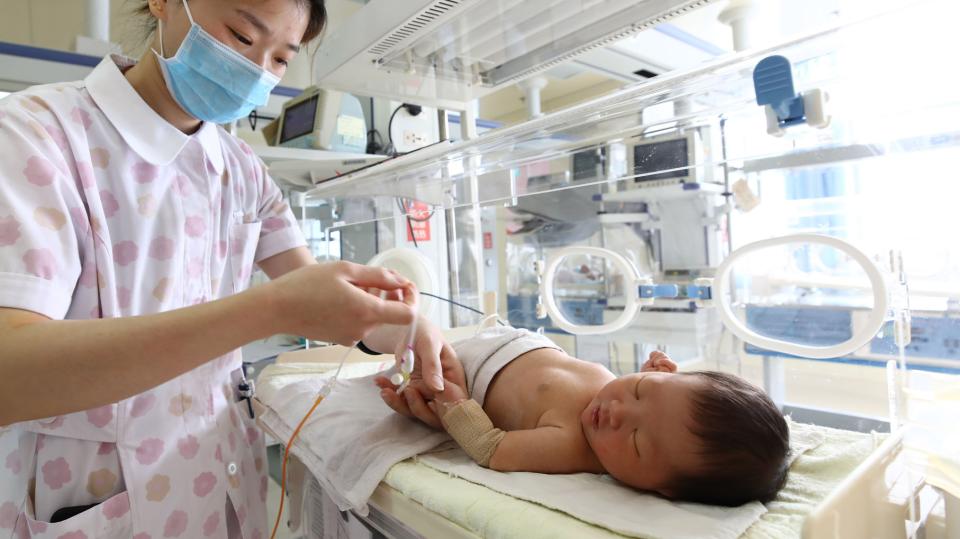Six-hundred-and-thirty-thousand fewer Chinese babies were born in 2017 than in 2016, according to China’s National Bureau of Statistics. At 17.23 million, the year's total births were far fewer than the 21 million experts had predicted in 2016 after China ended its decades-long one-child policy. Commentator Hu Xinhong, writing for
The Paper, says China is unlikely to see a significant increase in newborns until the economic and social burdens that follow having a second child are alleviated.
Most important is to reduce the burden on young couples and childbearing families, Hu argues. China currently levies personal income tax on individuals, which means if parents earn comparable incomes, those with two children face a greater tax burden than those with one. It’s high time families were taxed as one unit – with lower tax rates on offer for those who have two children, Hu says.
The time cost of raising a child is also huge – at least three to five years of devoted attention. Parents are forced to make great sacrifices by delaying or even missing out on personal development, Hu writes. It is necessary to reduce these time costs through education reform to make two-child families an attractive proposition, she suggests.
Preschool education services should be expanded and available for younger children, for example, with kindergartens included in the public education system to reduce child-raising costs. In Japan, working parents can send their two-month-old baby to a nursery from 7 a.m. to 8:30 p.m. and even longer if the parents work overtime. The key lies in adjusting childbirth policies, improving support and services for early parents, and reducing taxation, education, medical and employment costs, she concludes.

 Old Version
Old Version